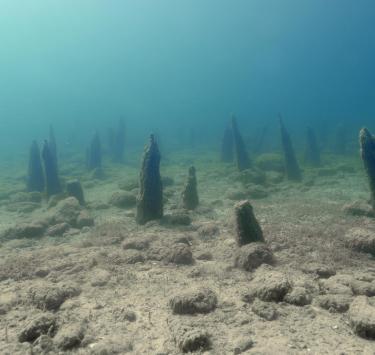Valorisation of the palafittes listed as a UNESCO World Heritage Site

Accessing the inaccessible
The remarkable state of the palafittes, submerged off the banks of Lake Neuchâtel, provide a rich source of archaeology and natural sciences. These studies make it possible to accurately understand prehistoric culture. However, these sites are under threat of extinction due to the pressures of urbanisation and erosion, among other factors. The high risk of accelerated degradation causes these remote sites to remain largely inaccessible to the public. The emersion project provides access to the inaccessible.
The palafitte site in Bevaix (Neuchâtel) is located 50 m from shore, and two metres deep. The Office of heritage and archæology, Neuchâtel team realized a spectacular underwater archaeological operation, which included a mounted travelling rail on the lakebed, hundreds of precise snapshots taken every thirty centimetres over a distance of twenty metres, and hours of work underwater.

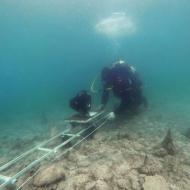



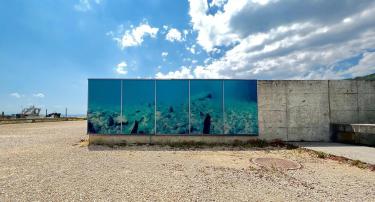
Revealing the invisible
The palafitte site is represented on a 1 : 1 scale in the form of a photographic and photovoltaic fresco, erected along the outer wall of the elevated pond in the Laténium’s archaeological park. This water body historically represents lake Neuchâtel’s surface elevation before it was artificially lowered at the end of the 19th century. This extraordinary work of art reveals the captivating beauty of the over-three-thousand-year-old piling.

The Laténium is the largest archæological Museum in Switzerland. Representing some 500 centuries of regional history, the museum has earned several distinguished honours since its creation, including the distinguished Museum of the Year Award by the Council of Europe in 2003, and the Medal of Mediation by the International Union of Prehistory in 2018.
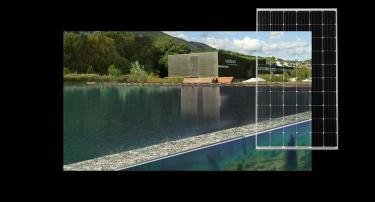


An energy-producing fresco
As the first Swiss museum to be awarded Minergie status, “emersion” further reinforces the Laténium’s commitment to innovation in sustainable development. Around 2.4 kWp are installed thanks to the 19 solar panels, integrated into the fresco photographs. This is equivalent to 2/3 of the energy consumed by an average household a year. Precisely 1/3 of the museum is illuminated via the production of this renewable energy source, including the entire prehistoric exhibit.
History brought to light
This artistic creation fuses with cutting-edge technology to produce electrical energy. This unique approach is at the heart of the Compáz vision, where arts and sciences merge with finesse and ingenuity. “ emersion ” ingeniously presents the past with the future, injecting new technology into exhibition design, and continually surprises visitors with exciting ways to discover the past.
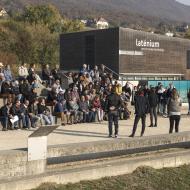
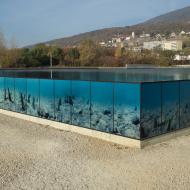
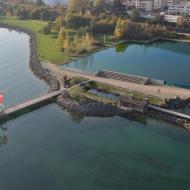
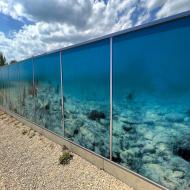
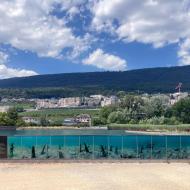
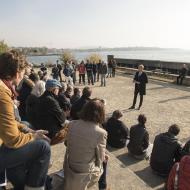
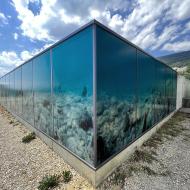
This remarkable technological and artistic feat would not have been possible without the active support of public-private partnerships. The city of Neuchâtel, positioned as a key player in photovoltaics, and the municipality of Hauterive, hosts of the museum, along with SuisseEnergie, Loterie Romande, the Laténium, Inox communications, and the CSEM as the technological partner, have all joined ranks to bring this project to life through their pivotal support, while continuing to inspire new ideas. The applied technology demonstrates the enormous potential for dialogue that exists between the arts, sciences, and eco-sustainability. As an incubator for ideas, Compáz aims to pursue the exploration of these new fields of expression in an artistic, scientific and committed way.
Partners
Technological partner
With the support of
Associated projects
Be-Smart
Together for active and efficient buildings. Demonstrate new cost-effective BIPV product concepts with high quality architectural design.

